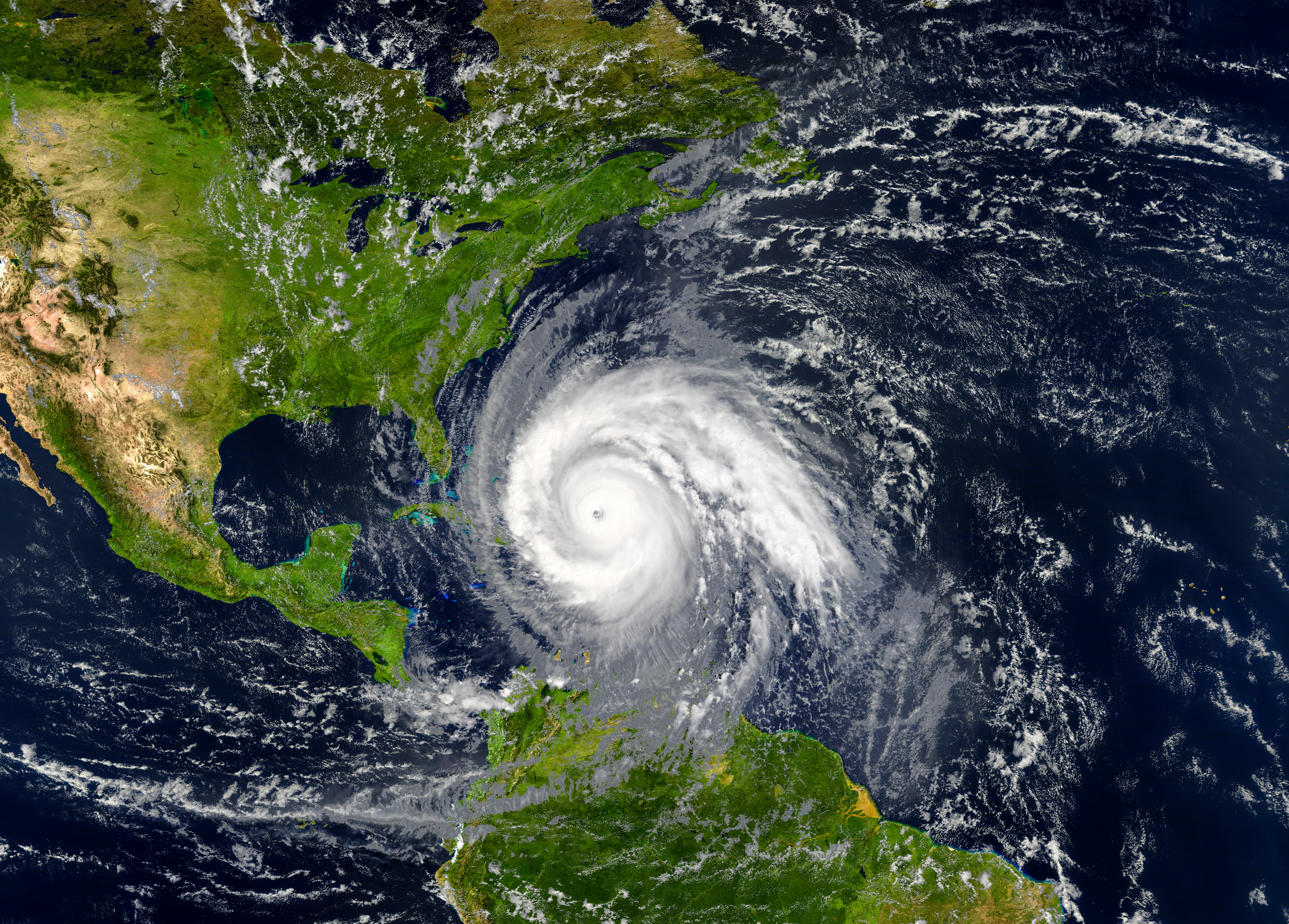
While the perception of overall severe weather risks varies significantly by region, 65 percent of the participants nationwide believed their home is at risk from thunderstorms, according to the new report, Catastrophic Weather Events and Mitigation: Survey of Homeowners by the Insurance Research Council (IRC), a division of The Institutes.
Overall, this and other key report findings revolve around the value of proactive measures for effective preparedness and mitigation strategies to address the increasing risks posed by severe weather events and the need for collaboration between homeowners, insurers, and governments to enhance resilience against natural disasters. The report highlights how interactions with contractors, public adjusters, and attorney involvement can significantly impact recovery timelines, claims frequency, and insurance costs.
The online survey of over 1,500 respondents investigates U.S. public opinions and homeowners’ experiences with severe weather, offering insights on U.S. regional perceptions of future risks, preparedness levels, attitudes toward mitigation strategies, post-storm solicitations by contractors and service providers, and homeowners; opinions on the roles of insurance and government in managing severe weather-related risks.
Disaster anticipation and preparedness
Eighty percent of the responding homeowners expressed confidence in their preparedness for severe weather events. Homeowners participating in the survey who experienced severe weather events in the past five years were significantly more likely to believe that a similar event would occur within the next five years.
Only 30 percent are aware of premium savings for implementing mitigation measures. However, Eighty-three percent of participants said they would consider implementing catastrophe preparedness and mitigation measures if it meant receiving savings on their insurance premiums, but most of those required premium savings large enough to offset the costs of these measures. Seventy percent revealed they would be willing to pay higher premiums for better protection against future severe weather events. Overall, 80 percent agreed that the government should provide emergency assistance.
Weather Experiences
Nearly half of the participants reported damage to their homes after a severe weather event. About 34 percent said they filed an insurance claim after experiencing damage to their homes, and 45 percent said they hired a contractor. Sixty-four percent of respondents reported receiving solicitation from contractors after a severe weather event. Also, 68 percent of participants who filed claims said they used Assignment of Benefits (AOB) to authorize the repair company to bill the insurance carrier. Fifty-four percent reported hiring public adjusters to handle repairs and insurance claims.
For context, each year, there are about 100,000 thunderstorms in the U.S., about 10% of which reach severe levels, according to the National Oceanic and Atmospheric Administration (NOAA). Storms are classified as severe “ when containing one or more of the following: hail one inch or greater, winds gusting more than 50 knots (57.5 mph), or a tornado.” Data analysis from Munich Re indicates that by just the first six months of 2024, severe thunderstorms in the U.S. caused $45 billion in losses, $34 billion of which were insured, making 2024 the fourth-costliest thunderstorm year on record.
Between 1980 and 2024 (as of November 1), the U.S. experienced 400 weather and climate disasters, with overall damage costs for each reaching or exceeding $1 billion. The cumulative cost for these 400 events exceeds $2.78 trillion. The yearly average for events during this period is 8.5, with the annual average for 2019 –2023 being 20.4. However, the U.S. experienced 28 events in 2023 and 27 events in 2024 costing at least 1 billion dollars each.
Stakeholder Takeaways
While climate risk plays a significant role in the number and severity of extreme weather events that cause insurance industry losses, Triple-I has kept an eye on the impact of the unpredictable confluence of attorney fee mechanisms, assignment of benefits (AOB), and other practices that can amplify claim costs. For example, involving third parties has the propensity to introduce the risk of claim inflation and may compound issues for the policyholder.
When property owners are compelled to share their claim value (typically 30 – 40 percent to attorneys and 10 – 30 percent to public adjusters), this, in turn, may impact the final amount they feel necessary to settle a claim. Previous IRC research suggests that attorney involvement can increase claims costs and the time needed to resolve them (again, even while reducing value for claimants). Additionally, after a severe weather event, some exploitative actors can aggressively leverage assignment of benefits (AOBs) agreements to bill or even sue the insurer without further input from the policyholder. Policyholders lose the ability to work through and settle the claim efficiently.
Triple-I and key insurance industry stakeholders define legal system abuse as policyholder or plaintiff attorney practices that increase costs and time to settle insurance claims, including situations when a disputed claim could have been fairly resolved without judicial intervention. Without measures such as regulatory intervention and increased policyholder awareness, coverage affordability and availability are at risk. Insurers, policyholders, and policymakers can take actionable steps to address the legal system’s impact on the cost of insurance. Triple-I remains committed to advancing the conversation and exploring actionable strategies with all stakeholders.
To learn more, read this latest IRC report, our most recent brief on Legal System abuse, and follow our blog.

